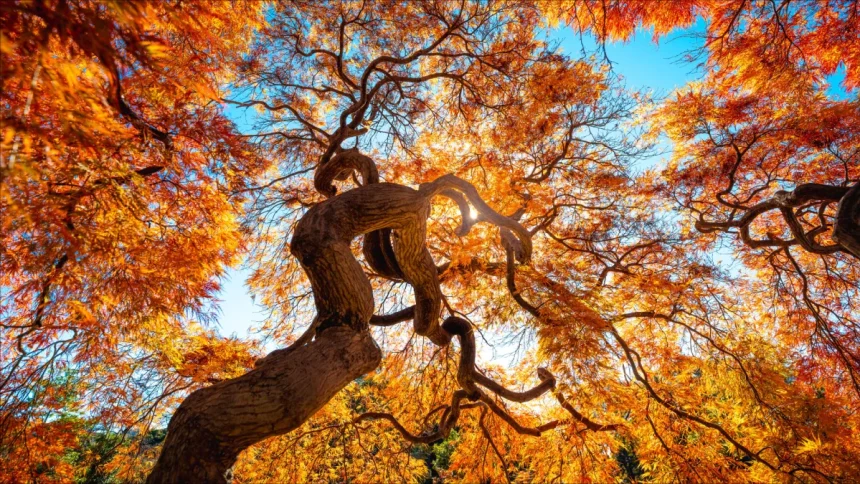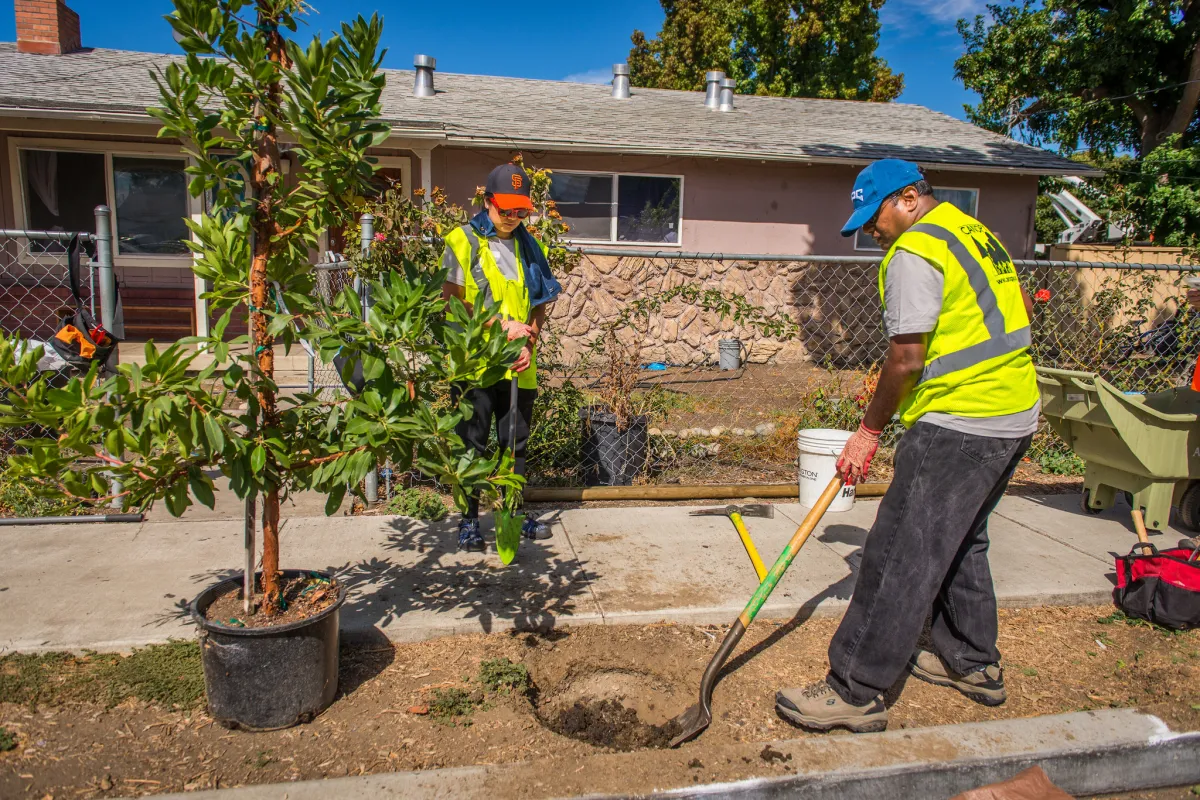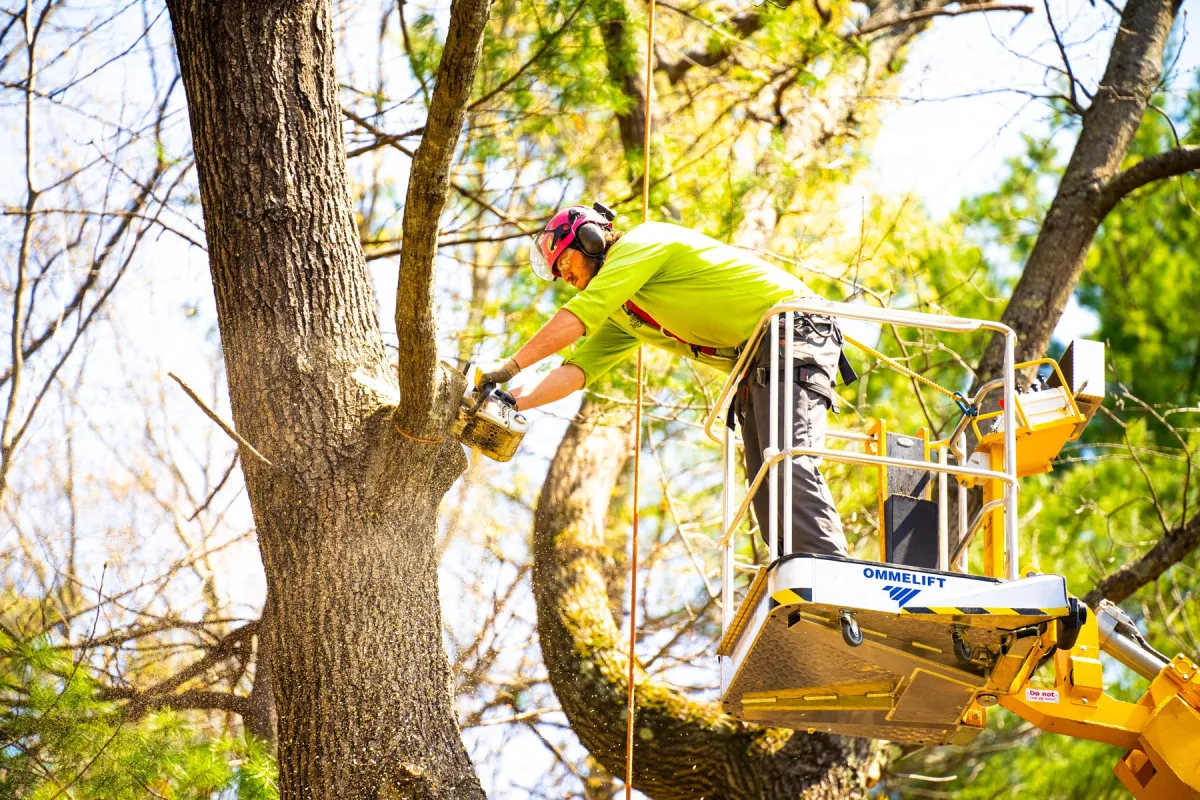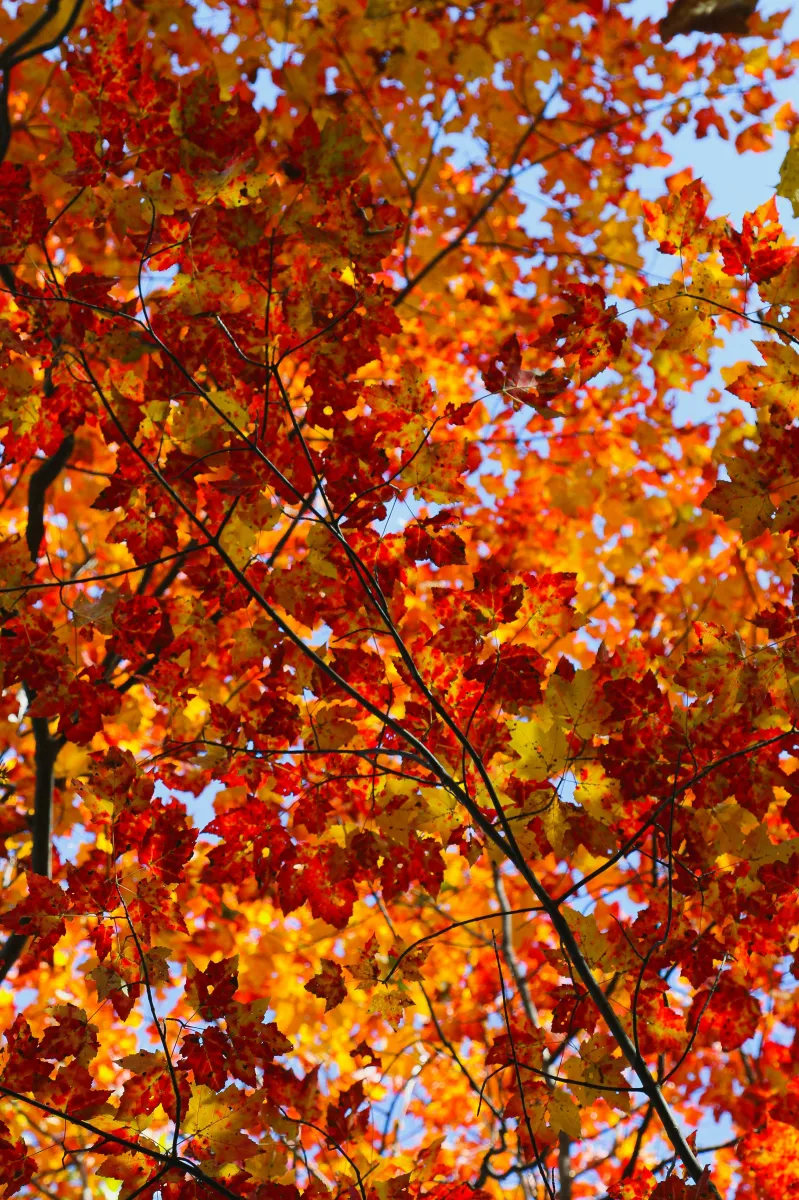Choosing the Right Trees for Your Garden
When starting with tree gardening tips, the first step is picking the right trees that fit your garden’s unique conditions. You want trees that will thrive and add beauty without too much hassle.
Consider Your Climate and Hardiness Zone
Every part of the U.S. has its own climate and USDA hardiness zone, which tells you what plants and trees survive well there. Before choosing a tree, check your local hardiness zone to find species suited to your weather. Native trees are often a great choice because they’re already adapted to your area and usually need less care.
Assess Your Space and Soil
Look at how much space you have for planting. Some trees grow tall and wide and need plenty of room, while others stay small or grow slowly, perfect for tighter spots. Soil type also matters—whether it’s sandy, clay, or loamy will affect tree growth and health. If your soil is poor, consider improving it before planting or choosing species that tolerate tougher soil.
Decide on Tree Type
Trees come in many types—deciduous, evergreen, fruit-bearing, shade, or ornamental. Your goals will guide this choice:
- Shade trees provide relief on hot days.
- Fruit trees offer fresh homegrown produce.
- Evergreens keep your garden green year-round.
Think about maintenance too. For example, fruit trees may require more pruning and pest care, while drought-tolerant trees might be easier if you want low-maintenance options.
Getting these basics right sets you up for success as you dive deeper into tree planting and care.
Planting Trees Step by Step Guide
Best Time to Plant
Timing is key when planting trees. In most parts of the U.S., the best time to plant is during early spring or fall. These seasons offer cooler temperatures and more consistent rainfall, giving young trees a good start without the stress of extreme heat or drought.
Preparing the Site
Before you plant, clear the area of grass, weeds, and debris. Dig a hole twice as wide as the tree’s root ball but no deeper than its height. This allows roots to spread easily and prevents the tree from sinking later. Check your soil drainage by filling the hole with water—if it drains within a few hours, you’re good to go.
Proper Planting Techniques
- Gently remove the tree from its container or burlap, being careful not to damage roots.
- Loosen any tightly bound roots to help them grow outward.
- Place the tree in the hole so the root flare (where roots meet the trunk) sits just above ground level.
- Backfill with native soil, gently packing it to remove air pockets. Avoid using too much fertilizer at this stage.
- Water thoroughly after planting to settle the soil and start root establishment.
- Add a 2-3 inch layer of mulch around the base, but keep it a few inches away from the trunk to prevent rot.
Following these steps sets your tree up for healthy growth and helps ensure your gardening efforts pay off.
Caring for Your Trees
Taking care of your trees after planting is key to keeping them healthy and growing strong. Here are some simple tree gardening tips to help you with watering, fertilizing, pruning, and dealing with pests.
Watering and Fertilizing
- Water regularly especially during the first few years when roots are still getting established. Deep watering once a week is better than frequent shallow watering.
- Adjust watering depending on rainfall and season—trees generally need more water in hot, dry months.
- Use a slow-release fertilizer in early spring to provide nutrients without overwhelming the tree. Avoid over-fertilizing as it can harm your tree’s growth.
- Mulch around the base to retain moisture and keep weeds down.
Pruning and Thinning
- Prune trees during late winter or early spring before new growth starts. This is when trees are dormant and can heal faster.
- Remove dead, broken, or diseased branches to keep your tree healthy.
- Thin out crowded branches to improve air circulation and light penetration.
- For fruit trees, pruning helps improve fruit size and quality. Follow specific pruning guides for the tree type.
Pest and Disease Management
- Regularly inspect your trees for signs of pests like aphids, borers, or scale insects.
- Use organic tree care options when possible, such as neem oil or insecticidal soaps, to control pests safely.
- Keep the area around the tree clean and free of fallen leaves or debris that can harbor diseases.
- If you notice signs of disease like discolored leaves or cankers, consult local extension services or tree care experts early to prevent spread.
Following these basic tree care tips will help your garden thrive, whether you’re working with native trees, drought-tolerant varieties, or urban tree gardening setups.
Seasonal Tree Care Tips
Spring
Spring is prime time for tree gardening. As the weather warms up, it’s important to:
- Check for any winter damage and remove broken branches
- Fertilize to give your trees a nutrient boost for new growth
- Start watering regularly as the soil dries out
- Prune fruit trees early to encourage healthy buds and better fruit
Summer
In summer, heat and dryness can stress your trees, so focus on:
- Deep watering once or twice a week, especially during droughts
- Mulching around the base to retain moisture and keep roots cool
- Monitoring for pests like aphids and beetles, and addressing infestations quickly
- Avoid heavy pruning to prevent shock during high heat
Fall
Fall means preparing your trees for winter:
- Water trees well before the first frost to prevent drought stress
- Remove fallen leaves and debris to reduce disease risk
- Apply a slow-release fertilizer to strengthen roots
- Plant new trees while the soil is still warm for good root establishment
Winter
Winter care is mostly about protection:
- Check for and remove heavy snow buildup on branches to avoid breakage
- Wrap young or thin-barked trees to prevent sunscald and frost cracks
- Avoid pruning in freezing temperatures to prevent damage
- Limit foot and pet traffic near tree bases to protect roots in frozen soil
Following these seasonal tree care tips helps ensure your trees thrive year-round with less hassle.
Troubleshooting Common Tree Problems
Signs of Stress
Trees can’t talk, but they do show signs when something’s wrong. Keep an eye out for:
- Wilting or drooping leaves – may signal water issues or root problems.
- Yellowing or browning leaves – often a sign of nutrient deficiency or disease.
- Dead branches or thinning canopy – could mean pests, disease, or environmental stress.
- Cracks or splits in the trunk – these could allow pests or diseases to enter.
- Sticky sap or unusual growths – often signs of insect infestation or fungal infections.
Spotting these signs early helps you act fast and save your trees.
Dealing with Environmental Challenges
Trees face many outdoor challenges depending on where you live. Here’s how to handle the common ones:
-
Drought stress
- Water deeply but less often to encourage strong roots.
- Mulch around the base to keep moisture in and protect roots from heat.
-
Poor soil conditions
- Amend soil with compost to improve drainage and nutrient content.
- Test soil pH; many native trees thrive in slightly acidic to neutral soils.
-
Pests and diseases
- Inspect regularly for insects and fungal spots.
- Use organic tree care methods where possible to avoid harsh chemicals.
-
Urban challenges
- Choose drought-tolerant or pollution-resistant trees for city spaces.
- Avoid planting too close to sidewalks or utilities to prevent future damage.
By understanding stress signals and adjusting care based on environmental factors, you keep your trees healthy and strong for years to come.
Sustainable Tree Gardening with Aura
Sustainable tree gardening is all about growing trees in a way that’s good for your garden and the environment. At Aura, we focus on practical, everyday tips that help you care for your trees without wasting water, chemicals, or energy.
Here’s how to keep your tree gardening sustainable:
- Choose native and drought-tolerant trees. These trees thrive naturally in your local climate, need less water, and are more resistant to pests.
- Use organic tree care methods. Skip harsh chemicals and opt for natural fertilizers and pest control to protect beneficial insects and improve soil health.
- Practice seasonal tree maintenance. Follow simple watering, pruning, and mulching schedules that match your region’s seasons to keep your trees strong without overdoing it.
- Recycle yard waste. Use fallen leaves and tree trimmings as mulch or compost to enrich your soil and reduce waste.
- Water efficiently. Water deeply but infrequently, preferably early in the morning or late in the evening, to help roots grow strong without wasting water.
Following these steps helps your garden stay healthy and supports the bigger picture of environmental care—something every gardener in the U.S. can feel good about. For more detailed tree care tips and seasonal advice, visit Aura’s gardening section for practical ideas that fit your lifestyle.










